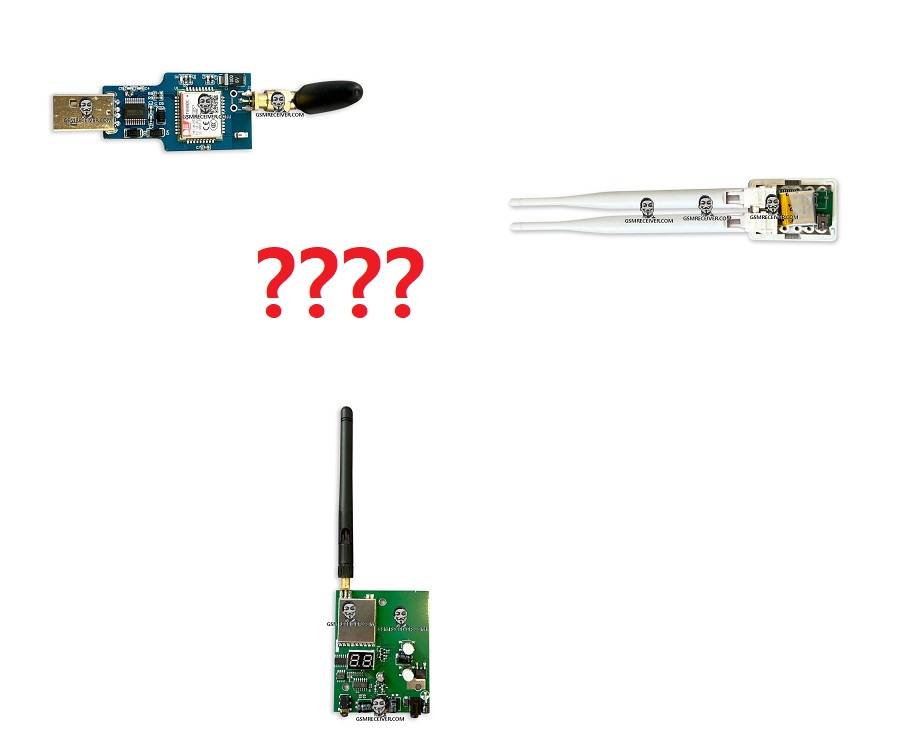With the increasing use of technology in various aspects, even the world of ATM skimming has evolved. Many people are curious about how GSM Data Receivers work and how they can connect to ATMs. In this blog post, we will delve into the world of GSM Data Receivers, including their technology, functionality, and best practices for use.
GSM Data Receiver technology is relatively new compared to classical skimmers. The first GSM Data Receivers emerged about 5 years ago and were initially rare, designed only to connect to NCR ATMs. However, with advancements in ATM technology, ATM corporations now work together, and since 2015, most common ATMs are manufactured with a wireless maintenance port. This port allows bank employees to connect to the ATM remotely for diagnostics when the internet connection is lost. Similarly, a GSM Data Receiver can also connect to the ATM via this maintenance port. The ATM does not detect this connection as it operates within the standard protocols. This is made possible because the ATM diagnostic port operates on a specific GSM network frequency of around 700 MHz, which is different from standard Wi-Fi frequencies of 2.4 GHz or 5 GHz. This specialized frequency, along with the proper GSM Data Receiver and software, allows for a seamless connection to the ATM.
One may wonder about the security of such a connection, as the ATM diagnostic port likely requires a password or encrypted connection. While this is true, the GSM Data Receiver is designed to communicate with the ATM or POS operating system using the proper software, which is provided with the device. The software allows for monitoring only the card reader and pin pad, without retrieving unnecessary information such as ATM processor temperature or money reserves. This ensures that only relevant data for skimming is obtained and unauthorized actions are restricted.
It’s important to note that GSM Data Receivers do not allow for controlling the ATM to dispense money or alter ATM algorithms. This is because ATM manufacturers have implemented security measures to prevent jackpotting malwares, which could exploit the ATM and dispense all its money. The primary purpose of the wireless maintenance port is diagnostics, and the GSM Data Receiver is designed to retrieve data only, without altering the ATM’s functionalities.
One common question is whether operating a GSM Data Receiver requires technical expertise. The answer is that the device and software are designed to be user-friendly, with step-by-step instructions provided. The GSM Data Receiver is a plug-and-play device, and the hard work has been done by the manufacturers. It is as easy to operate as using a smartphone, and no advanced technical skills are necessary.
When it comes to choosing a GSM Data Receiver, there are various options available in the market, such as RC832, SIM800C, and V5 models. RC832 is a video transmitter that is often used by Chinese hackers as a base for making GSM Data Receivers, but it requires modifications and is recommended for budget-conscious beginners. SIM800C is a different type of skimmer that operates on mobile frequencies and is designed to monitor ATMs and POS terminals. However, it may have limitations in busy areas where multiple terminals of the same brand are present, as card data and pin information may be mixed from different sources, rendering the dump invalid. In our opinion, the V5 model is the best option as it has a powerful antenna with a wide radius and is designed specifically as a GSM Data Receiver.
If you are unsure about which GSM Data Receiver is best suited for your needs, you can always contact our support team via Telegram, and we will be happy to assist you. We are here to answer any questions you may have and provide guidance on choosing the right product for your requirements.








